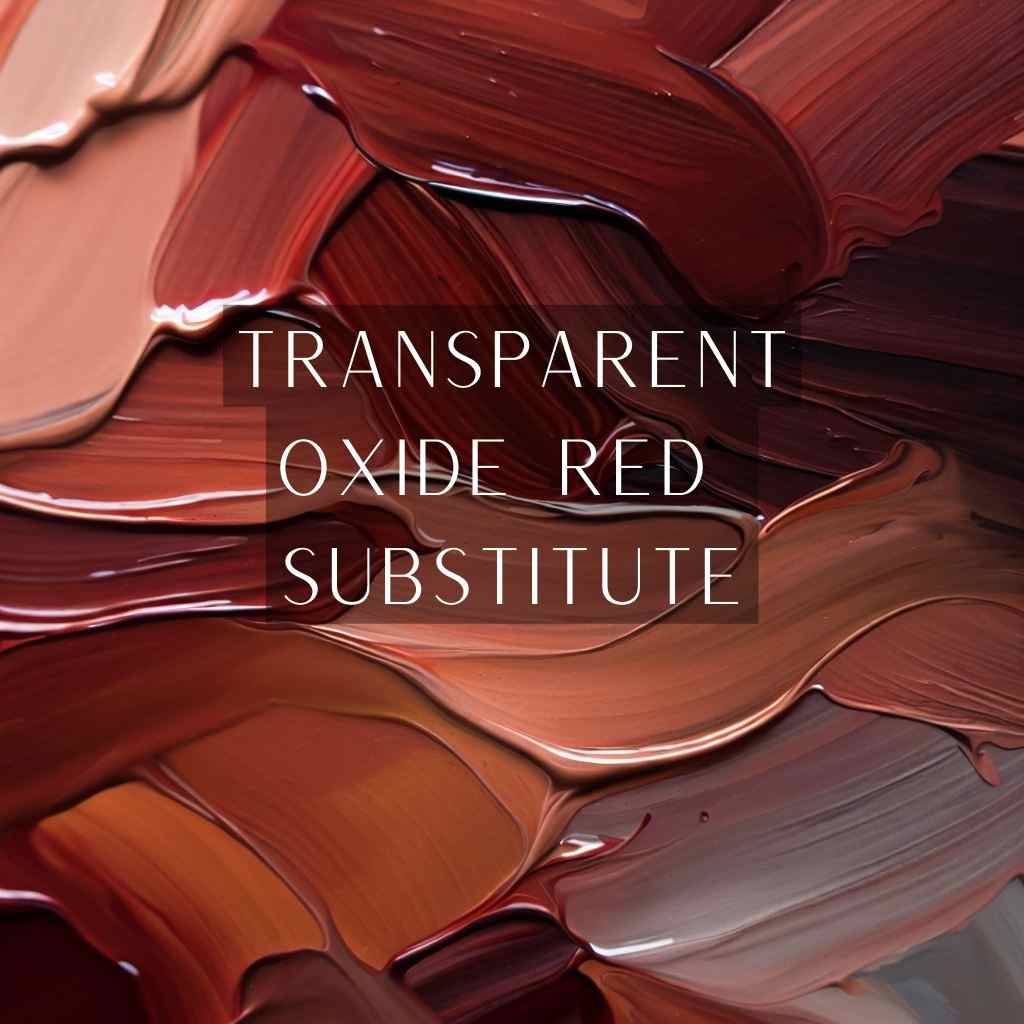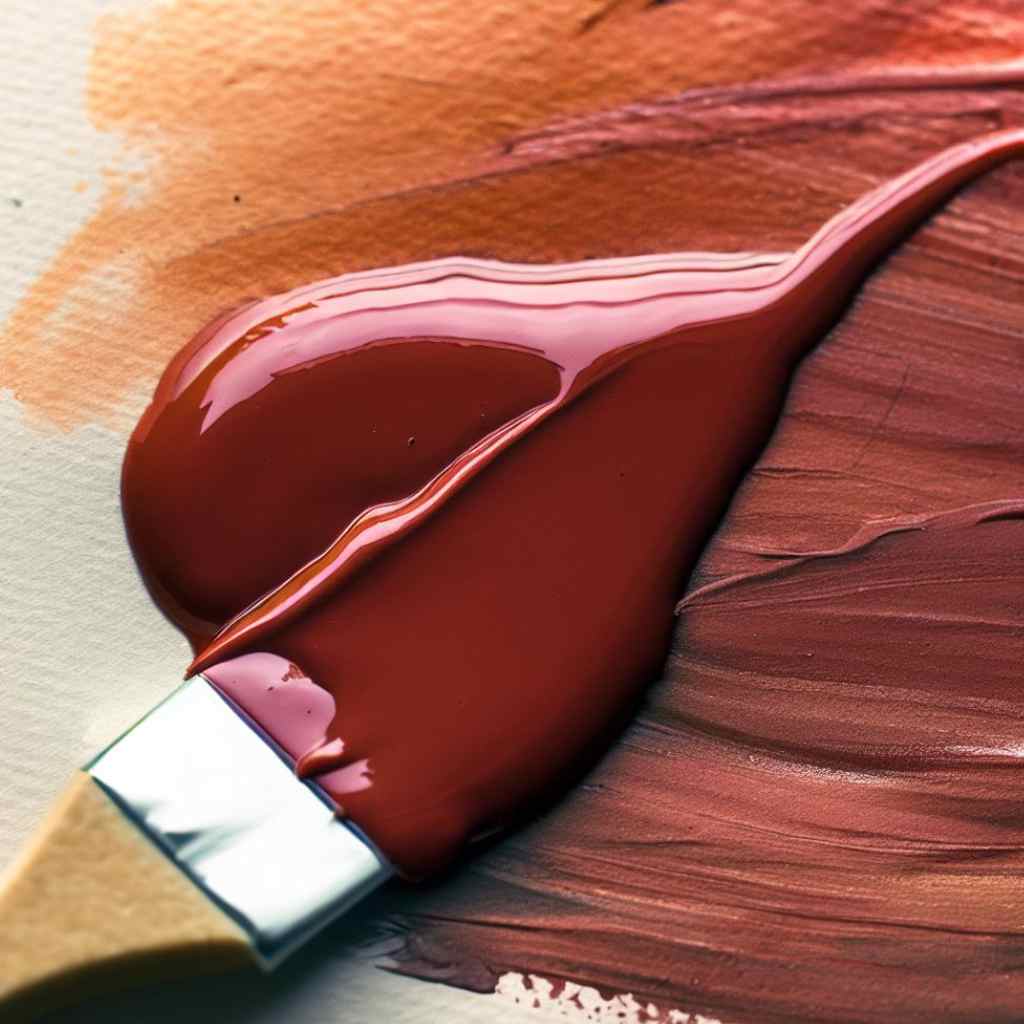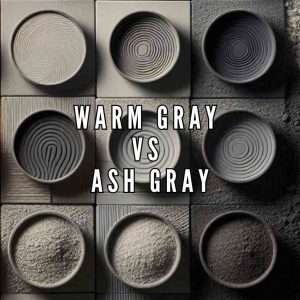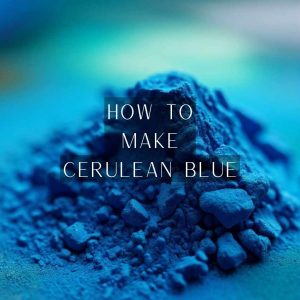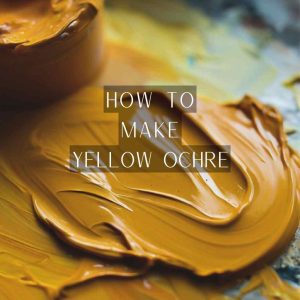Are you tired of the limitations of transparent oxide red in your artistic palette? Frustrated by the constraints of traditional pigments? It’s time to know about the possibilities of transparent oxide red substitutes.
In this blog post, we dive deep into the fascinating universe of transparent oxide red substitutes, exploring their potential to revolutionize your artistry.
Join us as we agitate the confines of conventional pigments, reveal the problems they pose, and present the solutions that will redefine your creative journey.
What is Transparent Oxide Red?
Transparent Oxide Red, a crystalline compound primarily composed of iron oxide, is revered for its exceptional transparency and vivid red hue. This pigment is prized for its ability to impart depth and luminosity to various mediums.
The molecular structure of Transparent Oxide Red unveils a lattice of iron and oxygen atoms, resulting in its distinctive properties. Its transparency is achieved through controlled particle size and crystal formation, distinguishing it from conventional iron oxides.
Transparent Oxide Red Substitute: Natural Pigments
Transparent Oxide Red (TOR) has long been a staple in various industries, but the need for sustainable alternatives has spurred a renewed interest in natural substitutes.
These alternatives, derived from the bounty of nature, offer a compelling option for achieving striking red hues.
Iron Oxides
Among the most prominent natural substitutes for TOR are iron oxides. These naturally occurring compounds encompass a broad spectrum of red hues, each with its unique character.
From the earthy siennas to the bold umbers, iron oxides are celebrated for their compatibility with a diverse array of mediums. Whether used in ceramics or cosmetics, their stability and reliability are unparalleled.
Madder Root (Rubia tinctorum)
Steeped in history and tradition, madder root presents itself as a formidable natural alternative. Extracted from the roots of the Rubia tinctorum plant, it yields a deep, warm red.
Its applications span an impressive range, from textile dyeing to historical art restoration. However, it’s worth noting that the range of shades Madder Root offers is somewhat limited, which may be a consideration in certain
Transparent Oxide Red Substitute: Synthetic Pigments
When it comes to finding alternatives for Transparent Oxide Red (TOR), synthetic pigments stand out as a diverse and versatile selection.
Engineered through advanced chemical processes, these substitutes offer an extensive range of red shades with exceptional performance characteristics.
Quinacridone Pigments
In synthetic substitutes, quinacridone pigments shine as a testament to modern pigment chemistry. Comprising a family of compounds, they exhibit a wide spectrum of red hues, from vibrant crimsons to deep maroons.
What sets quinacridones apart is their extraordinary lightfastness, ensuring that colors remain vivid and stable even under prolonged exposure to light. This makes them a favored choice in applications ranging from automotive paints to high-quality printing inks.
Naphthol Reds
Renowned for their brilliance and versatility, naphthol red pigments are a cornerstone of the synthetic pigment palette. They possess a strikingly vibrant red hue that can be further fine-tuned to suit specific applications.
Their compatibility with a range of mediums, from watercolors to acrylics, makes them a popular choice in the art and design industries. Additionally, naphthol reds exhibit excellent lightfastness, ensuring that the intensity of the red remains consistent over time.
Pyrrole Reds
In the realm of synthetic substitutes, pyrrole reds emerge as a top contender for replicating the vibrant reds associated with TOR. Characterized by their strong, warm red hue, these pigments are highly sought after in various industries.
What sets pyrrole reds apart is their exceptional stability in different mediums. Whether used in paints or plastics, they maintain their vividness and brilliance, making them a reliable alternative to TOR.
Color Theory & Pigments Mixing for Custom Shades
When the need for a transparent oxide red substitute arises, understanding color theory and pigment mixing becomes paramount. Transparent Oxide Red is known for its unique transparency and depth, making it a sought-after pigment. To replicate its qualities, a grasp of color theory is essential.
Color theory teaches us about the relationships between primary, secondary, and tertiary colors, as well as the significance of warm and cool tones. This knowledge is the cornerstone for creating a substitute that mirrors Transparent Oxide Red’s characteristics.
Experimentation with different pigments and careful adjustment of mixing ratios is the key to success. By mastering these techniques, artists can craft custom shades that capture the luminosity and richness of Transparent Oxide Red, opening up a world of creative possibilities in their artwork.
How to Make Transparent Red Oxide by Mixing Colors?
Creating your own transparent red oxide is an artistic endeavor that allows you to tailor the shade to your specific needs. Follow this recipe to achieve a custom hue with ease:
Materials Needed
- Primary Red Pigment (Cadmium Red, Vermilion, Crimson)
- Transparent Medium (glazing liquid or a clear acrylic medium)
- Small Mixing Containers
Step-by-Step Guide to Make Transparent Oxide Red Substitute by Mixing Colors
- Mixing the Base: Begin by squeezing a small amount of primary red pigment onto your palette.
Gradually add the transparent medium, mixing it with the pigment until you achieve the desired level of transparency. Remember, the more medium you add, the more translucent the mixture will become.
- Adjusting the Shade: To tweak the hue, you can introduce small amounts of other colors. For instance, a touch of yellow can warm up the red, while a hint of blue can cool it down.
- Test and Adjust: Apply a small amount of your mixture onto a scrap surface to assess the color. If it’s not to your liking, continue to adjust until you achieve the desired transparent red oxide shade.
FAQs
- Can I mix different transparent oxide red substitutes to create unique colors?
Absolutely! Combining different transparent oxide red substitutes provides a canvas for endless creative exploration. This process allows artists and designers to craft a diverse array of custom hues, each with its own distinct character. By experimenting with proportions and combinations, one can achieve truly one-of-a-kind shades that breathe life into their creations.
- Are there any transparent oxide red substitutes that offer a wider range of color variations compared to the original pigment?
Indeed, some substitutes for transparent oxide red push the boundaries of color versatility beyond what the original pigment offers. These substitutes are engineered to provide an extended spectrum of hues, allowing artists to unlock a richer palette for their artistic endeavors. This broader range empowers creators to capture subtleties and nuances that may not be achievable with the original pigment alone.
- Can I achieve the same level of transparency with substitutes as with transparent oxide red?
While many substitutes for transparent oxide red come remarkably close in terms of transparency, achieving an exact match can be influenced by several factors. The specific substitute chosen, the medium in which it’s applied, and the techniques employed all play a role. With careful selection and skillful application, substitutes can offer a level of transparency that rivals the original pigment, providing artists and designers with a versatile tool for their projects.
Wrapping Up
As we draw this series to a close, consider the evolution that has taken place. The problems once posed by traditional pigments are now met with a resounding solution.
With transparent oxide red substitutes, artists no longer need to compromise between brilliance and translucency. Instead, they wield a tool that embodies both.
So, take this conclusion not as a farewell, but as an invitation to embark on a new chapter of artistic exploration, where your creations will radiate with a brilliance hitherto unseen. The canvas awaits, and the future is brilliantly transparent.

